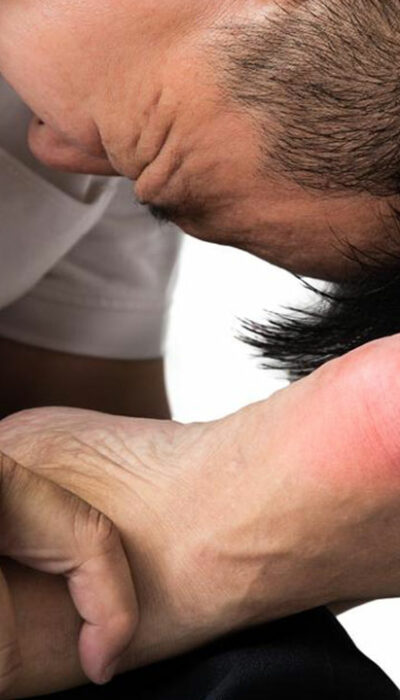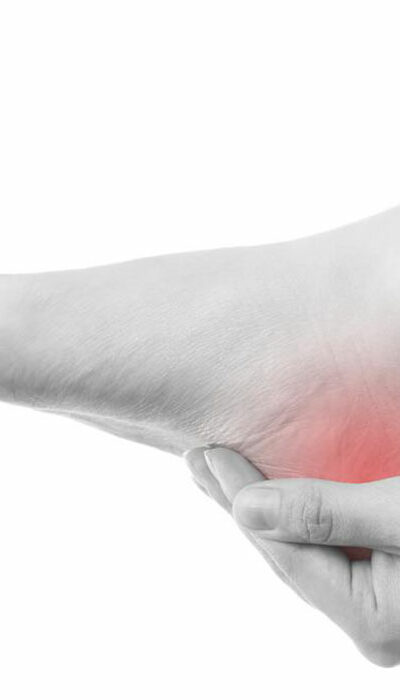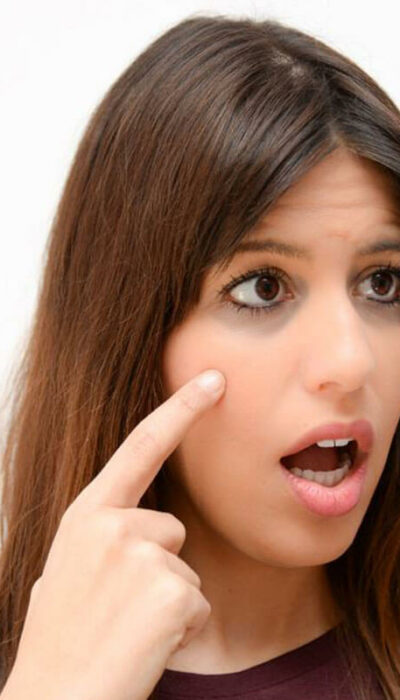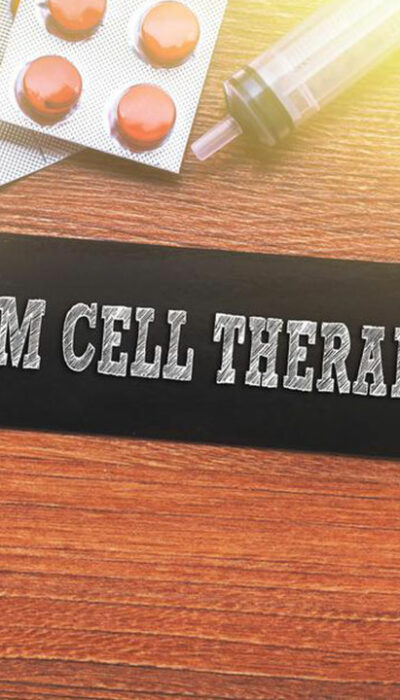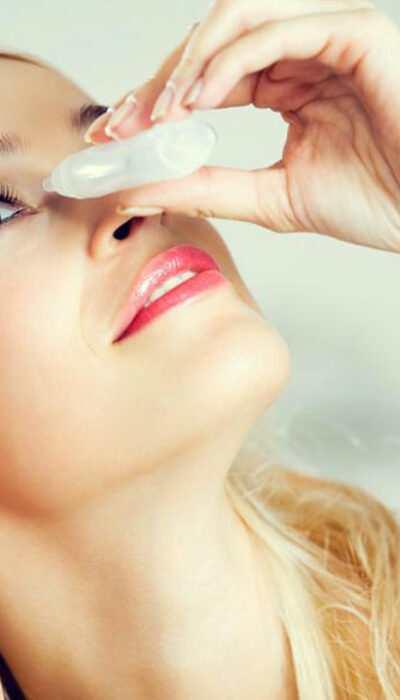
Here are the Most Common Causes of Dry Eyes and its Treatment Options
Tears are a mixture of fatty oils, water, and mucus. It helps in keeping the surface of the eyes smooth and clear, which further helps in protecting the eyes from infection. With age, the tendency to produce tears reduces in both, men and women. This could be due to hormonal changes. Dry eyes are common in women who have gone through menopause. One of the most common causes that decrease tear production is increased tear evaporation and an imbalance in the make of tears. One of the common causes of dry eyes is that it is unable to produce enough tears. Medically, this condition is called as keratoconjunctivitis sicca. It could be due to aging, medical conditions such as diabetes, arthritis, Sjogren’s syndrome, thyroid disorders, or simply due to vitamin A deficiency. Some of the common causes of dry eyes are as follows: There are certain medications such as antihistamines, decongestants, antidepressant drugs, and hormone replacement therapy that can contribute to being some of the common causes of dry eyes. Parkinson’s disease can also cause dry eyes. Tear gland damage and laser eye surgery can also bring about dry eyes. But because it is a surgical procedure, the symptom can be temporary. Increased tear evaporation is also one of the common causes of dry eyes. The common causes of tear evaporation include the wind, smoke, or dry air. It also occurs due to reading, driving, or working at a computer for long hours. People who have ectropion which is another name of out-turned eyelids can also cause dry eyes. As discussed above, the three basic components of tears, oil, water, and mucus, produce a film with the help of small glands called Meibomian glands that are present at the corner of the eye. When these glands are clogged or blocked, the production of tears decreases.



